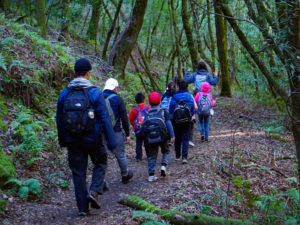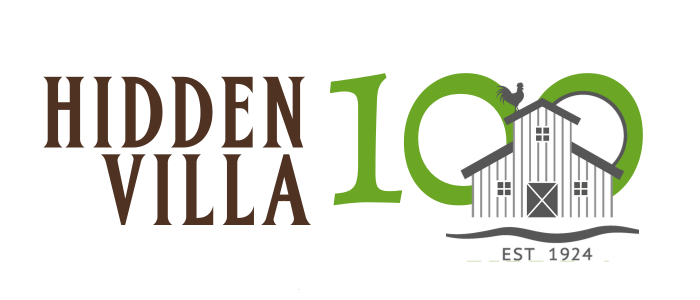
Summary:
When spending time outside, it is important to remember that wild places are homes for animals. Also, many people use these spaces, so all of us need to pack out our trash and leave natural objects where we find them. When we leave the wilderness, it should look like we were never there (that is, “leave no trace.”) Better yet, we could leave things even more beautiful than when we arrived!
Know-It-All
Hi, future wilderness explorers! Now that you have learned about caring for natural places through Leave No Trace principles, answering these questions should be a breeze.
- What’s the most important principle of Leave No Trace?
a) Hike wherever you want!
b) Leave it better than you found it!
c) Take a souvenir!
2) Have you ever invited a friend over to your house who wasn’t a respectful guest? Imagine they walked into your house with muddy shoes on, knocked over some furniture, and left dirty dishes laying around after having a snack. How would that make you feel?
For wildlife, disturbances to their home places may be more than just inconvenient – it could even kill them, like when a tiny Salamander dries out after a person removes a stick or rock that was their shelter. Litter such as plastic packaging can actually be dangerous to wild creatures as well. It’s easy to forget that wild spaces are home for lots of living things!
3) Why is “take nothing but photos, leave nothing but footprints” so important when it comes to being considerate of others and the environment you are exploring? What could happen to the health of the environment if you did take something home with you? What if everyone did that?
Digging Deeper
If you want to go the extra mile, grab another family member and take an Online Awareness Course provided by Leave No Trace Center for Outdoor Ethics!
https://lnt.org/get-involved/training-courses/online-awareness-course/
Try It
A) Create a day bag of things you might need to practice LNT on your next adventure on a trail or in the backyard! This could include:
- A bandana
- Reusable containers for snacks (bonus points if you reuse a recycled item i.e. an unbreakable jar, yogurt container…)
- Reusable water bottle
- A bag to put litter in, if you find any (be sure to avoid broken glass or old, germy tissues, though!)
- Something to capture the beauty of your adventure
- Notebook and markers/crayons/pens
- Camera
B) Go for a walk and bring some art supplies! Whether you are in your backyard or your neighborhood, find an object that makes you happy (leaf, rock, feather…). Instead of taking the object home with you, get creative! Below are some fun ways to remember your special object:
- Paint or draw a picture (don’t forget those little details that make your object unique and cool!)
- Create a leaf rubbing with a crayon and a sheet of paper
- Draw a fun map of the trail/path you took
C) Create a hopscotch game representing good and bad surfaces to hop on! With chalk (outside) or pieces of paper (inside), decorate squares to look like the following surfaces:
- Durable (a-okay) surfaces
- Grass
- Rocks
- Sand
- A marked trail
- Non-durable surfaces that would be damaged (not good!)
- Wildflowers
- Moss and ferns
- Loose dirt/steep areas off trail
Durable surfaces are places where it’s okay to hike and it will not hurt the ecosystem. Non-durable surfaces are places where it’s not okay to hike and will damage the ecosystem, meaning it might take nature a long time to repair the place where you leave a footprint! Once your hopscotch squares are created, arrange them in a pattern. To play, jump onto the durable surfaces and hop over the non-durable surfaces. Rearrange and try different combinations!
Print out the guide by downloading the PDF
#339 Student Guide